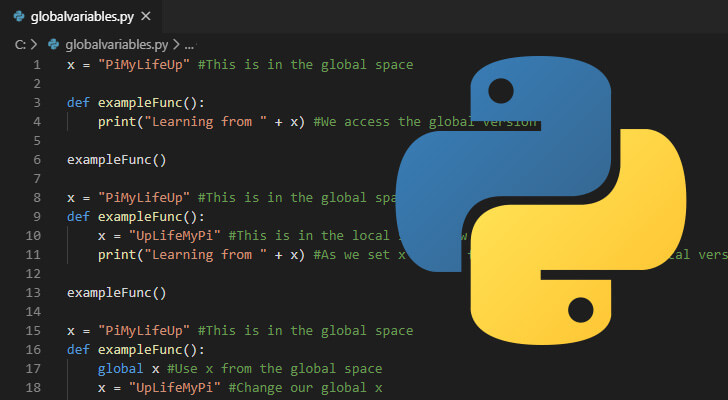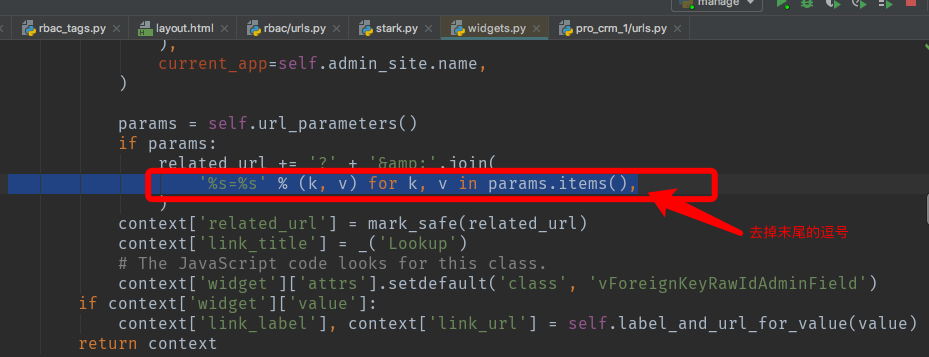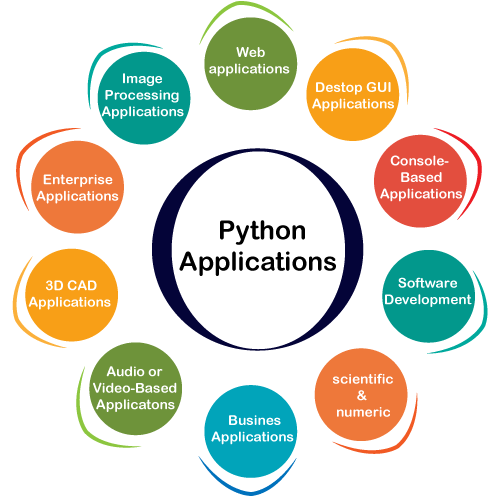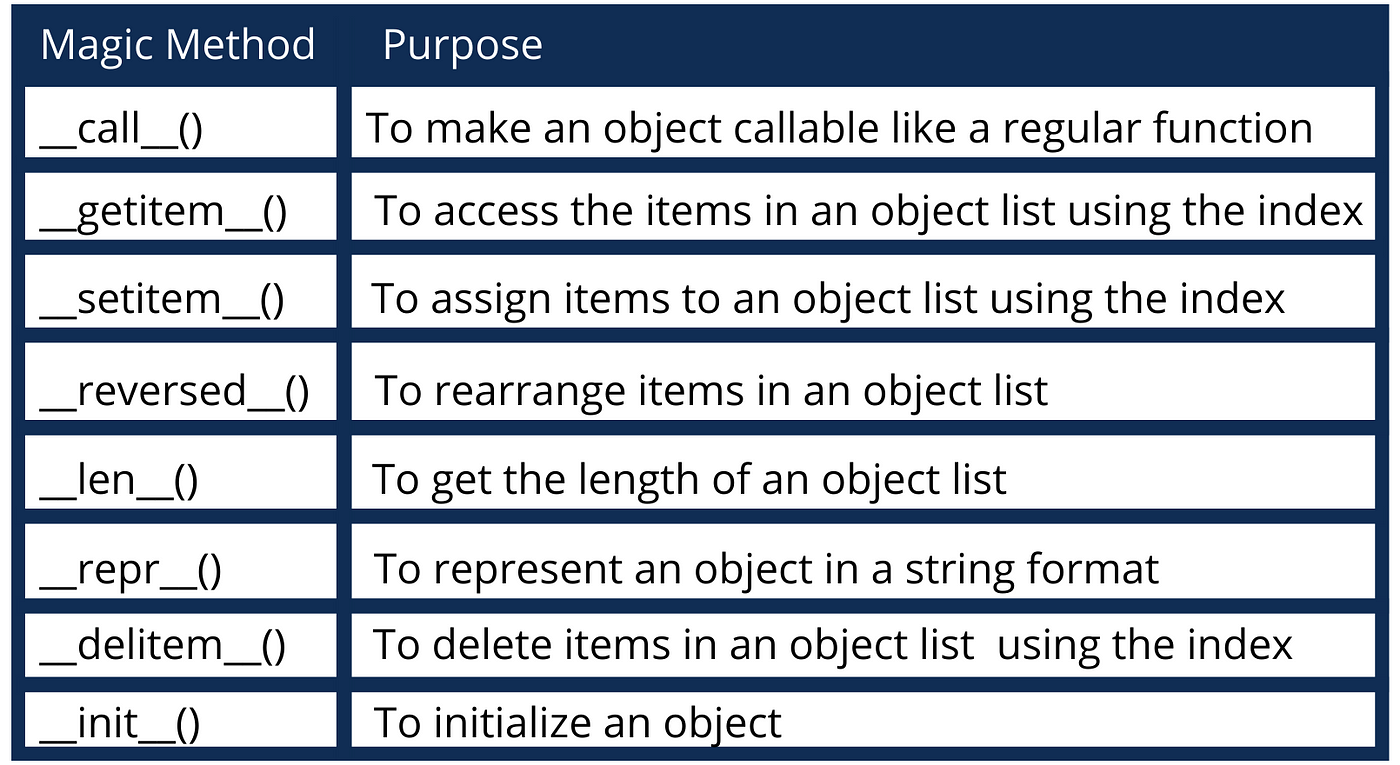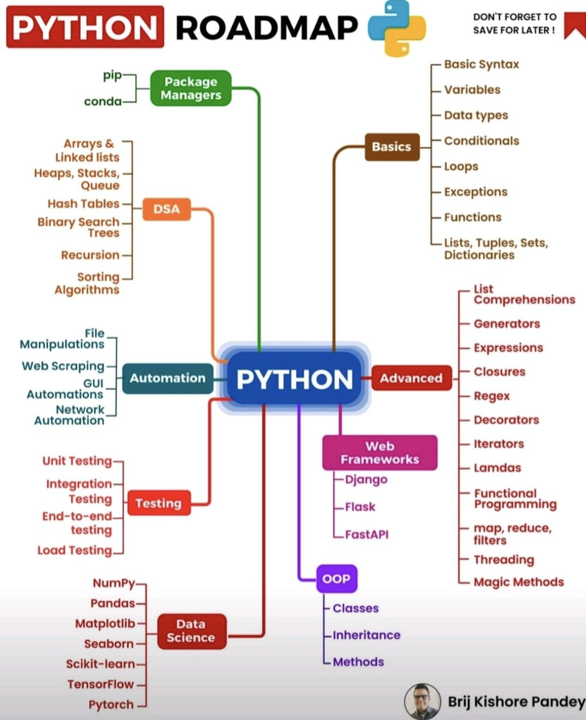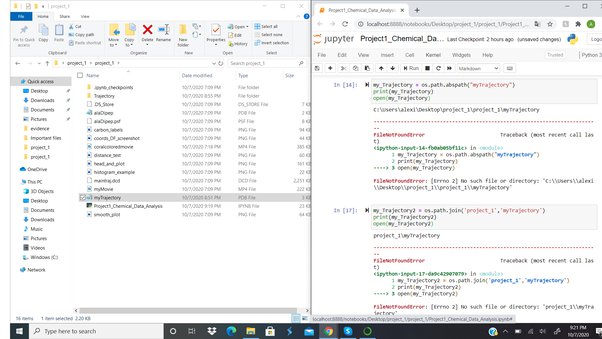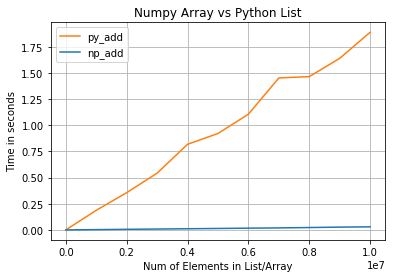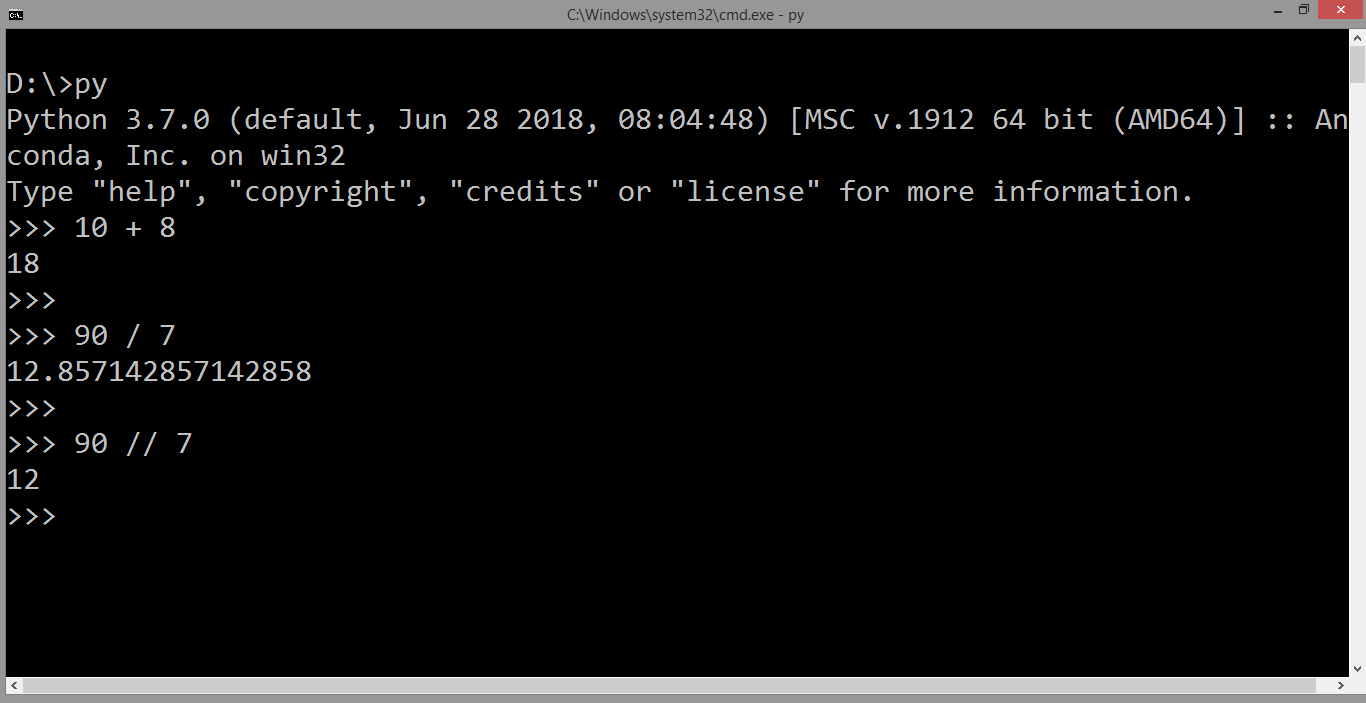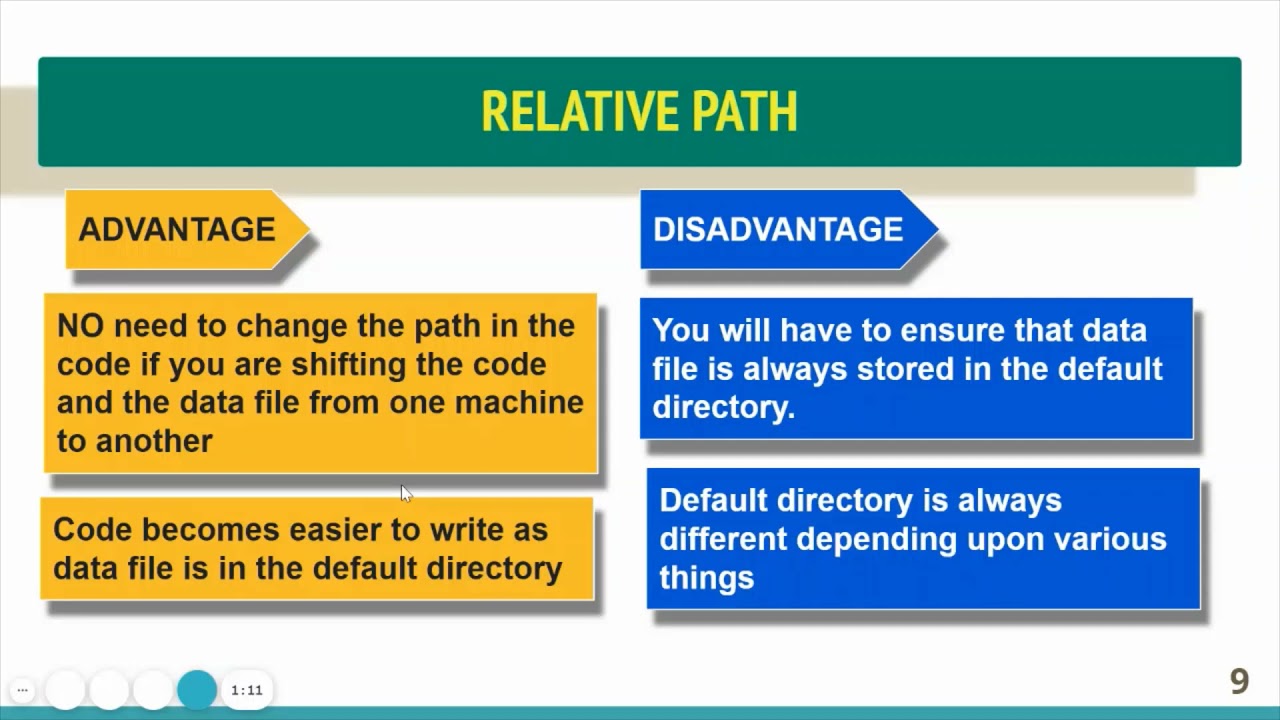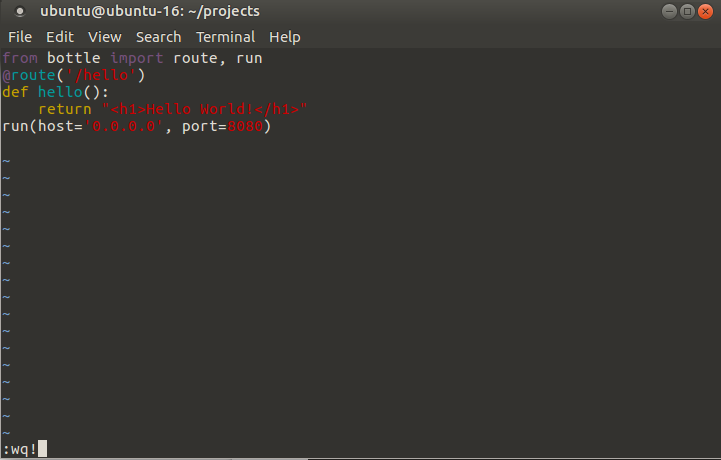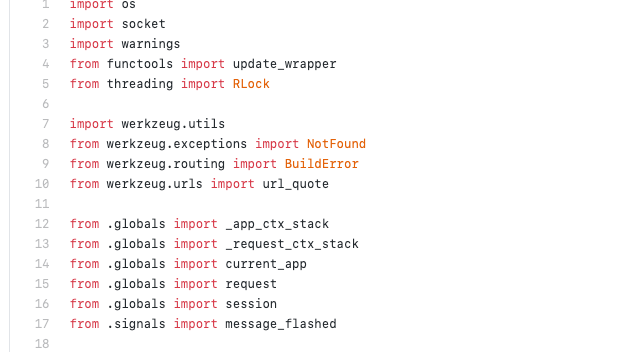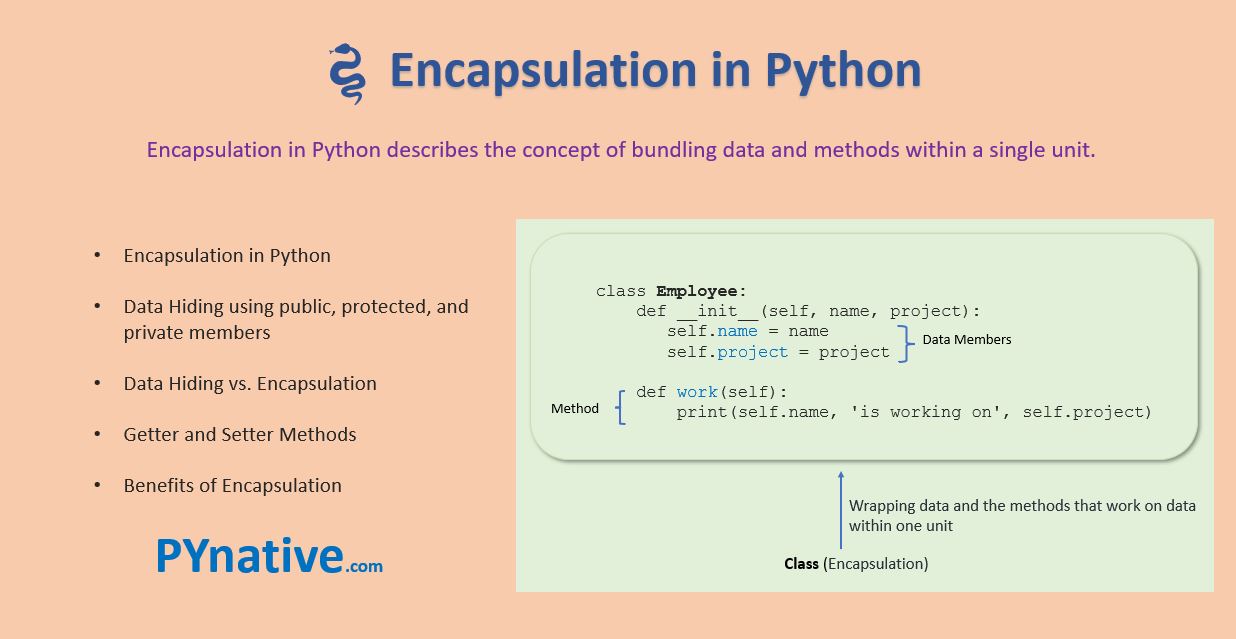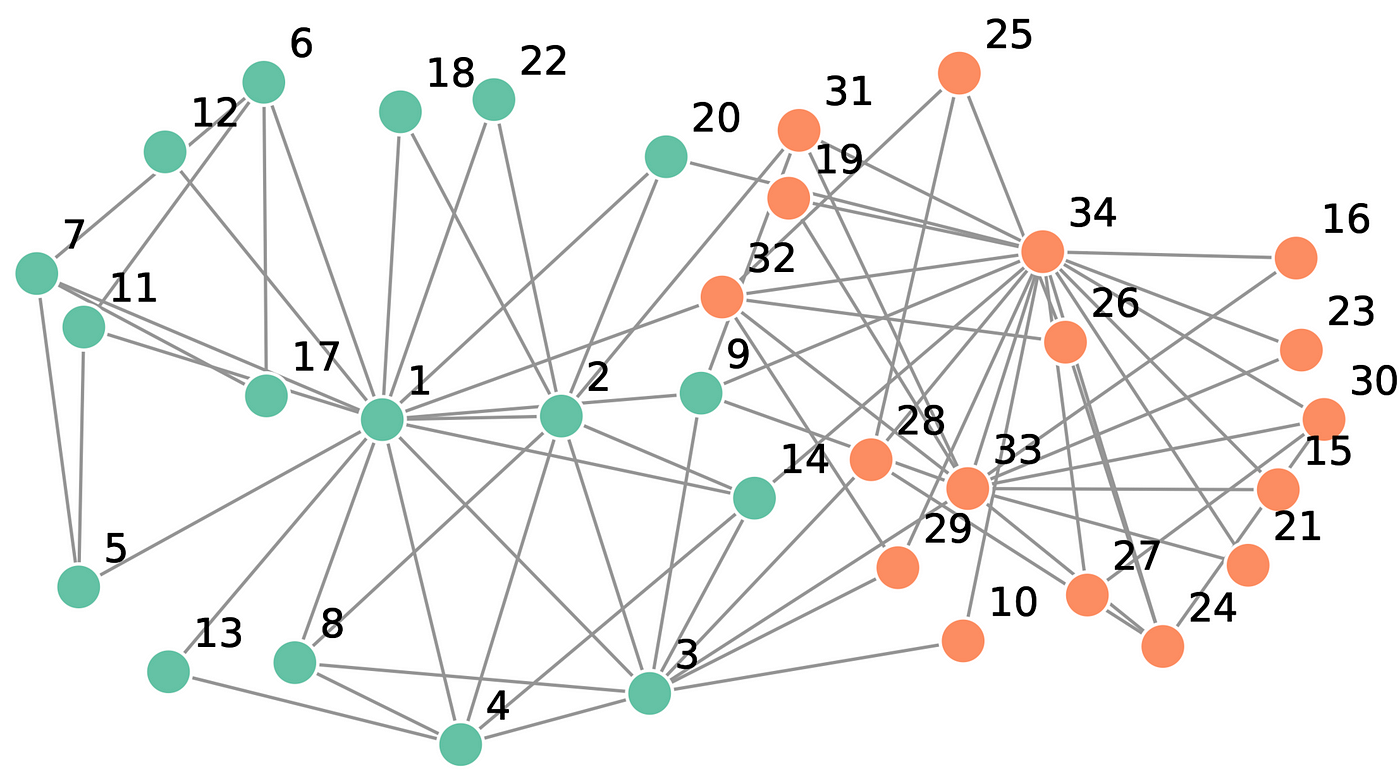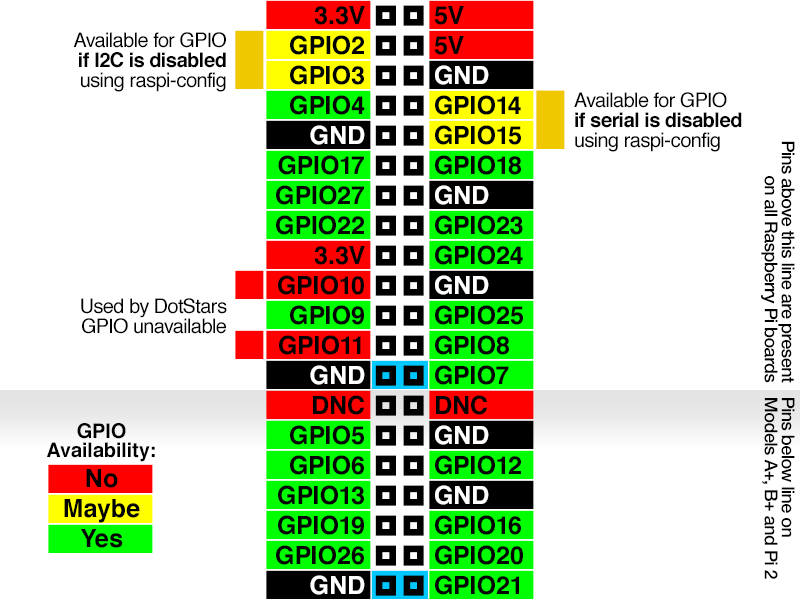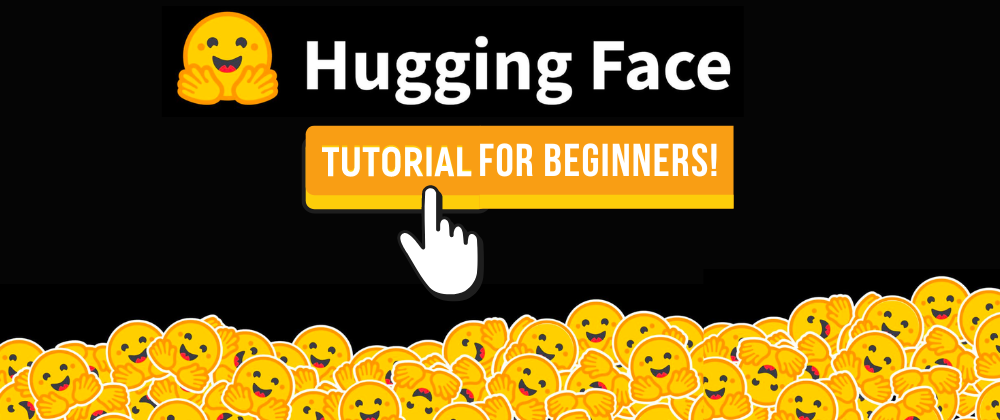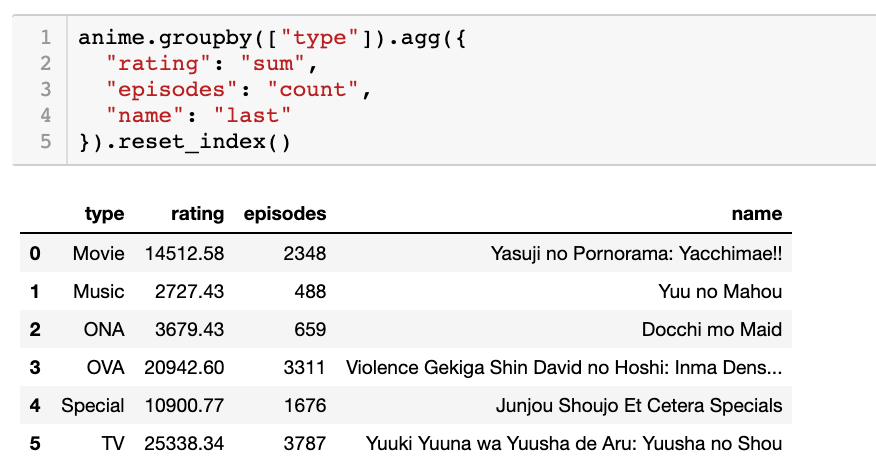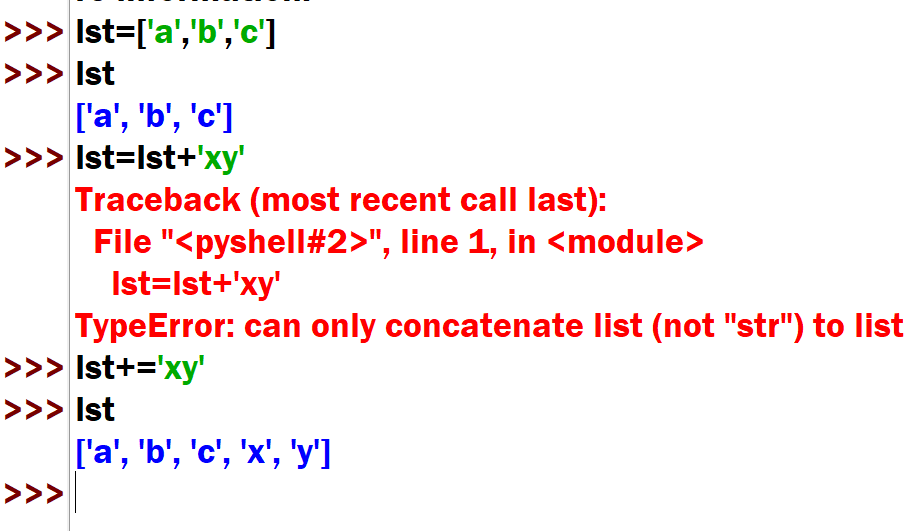python sqlalchemy example
python sqlalchemy example
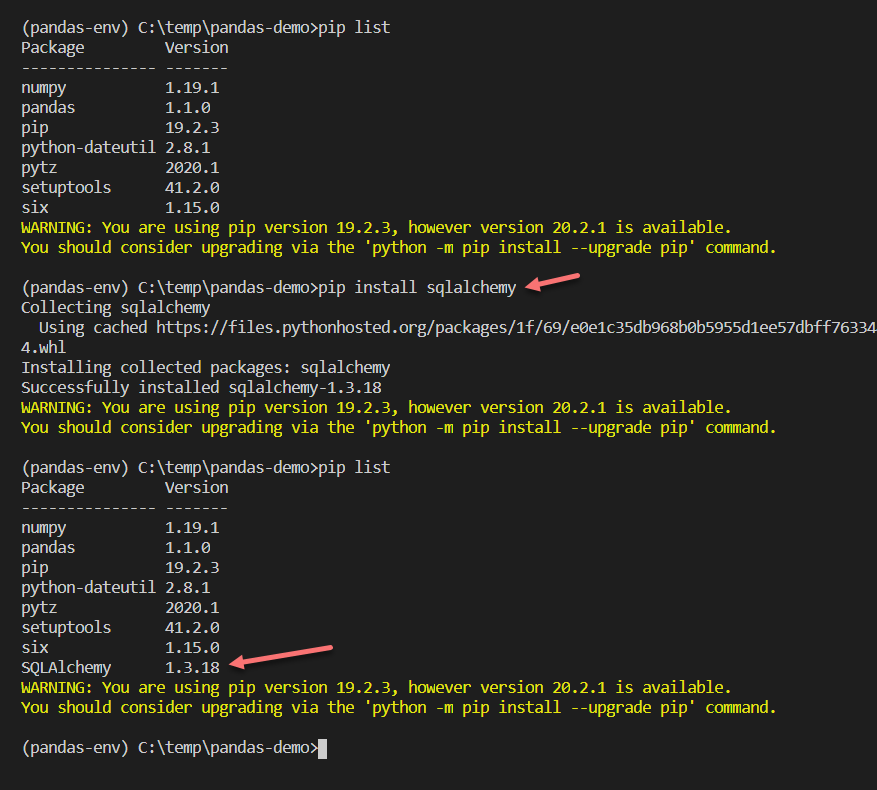
I see you're asking me to respond in English only, no worries! Here's a comprehensive example of using SQLAlchemy with Python:
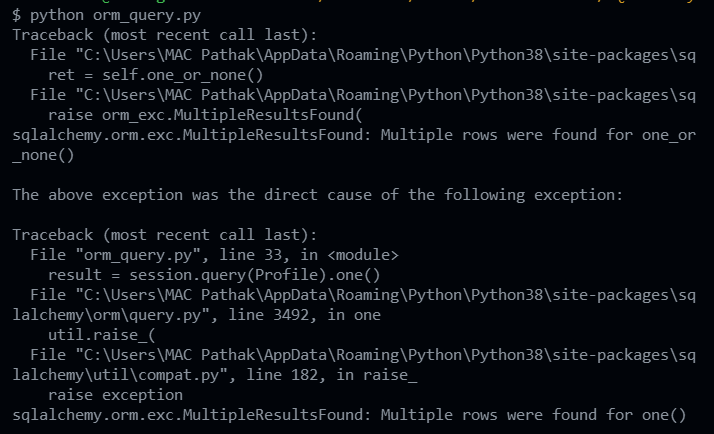
What is SQLAlchemy?
SQLAlchemy is a popular SQL toolkit and Object-Relational Mapping (ORM) library for Python. It provides a high-level interface to interact with databases, making it easy to write database-driven applications.
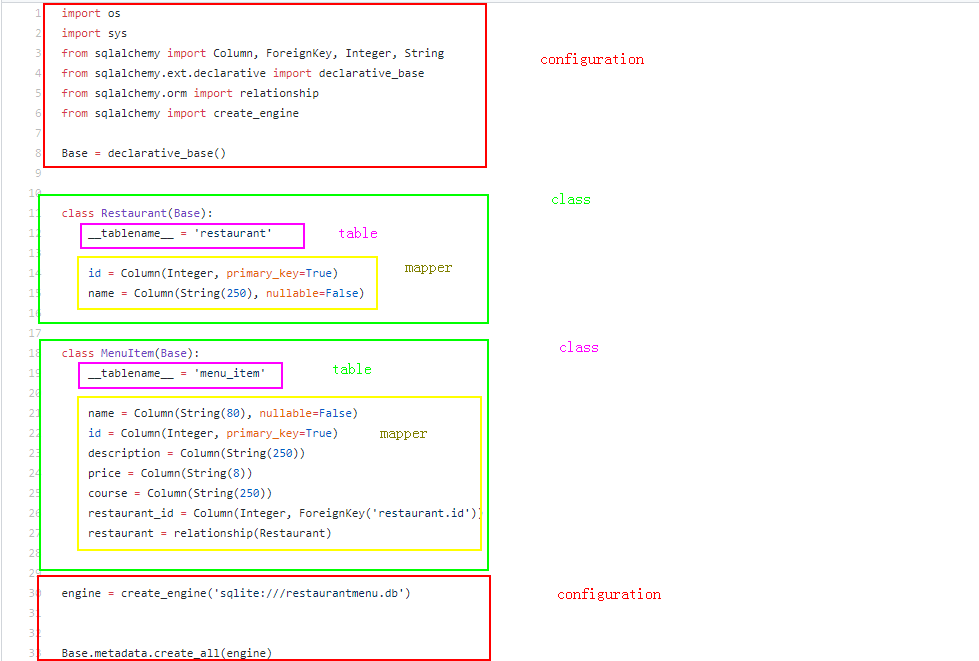
Installation
To use SQLAlchemy, you need to install it first. You can do this using pip:
pip install sqlalchemy
Example: Creating a Database Connection
Let's start by creating a simple example that connects to a SQLite database. In your Python script, import the necessary modules:
from sqlalchemy import create_engine, Column, Integer, String
from sqlalchemy.ext.declarative import declarative_base
from sqlalchemy.orm import sessionmaker
Define the engine URL (change this to your desired database)
engine = create_engine('sqlite:///example.db')
Create a session maker
Session = sessionmaker(bind=engine)
Declarative base class
Base = declarative_base()
class User(Base):
tablename = 'users'
id = Column(Integer, primary_key=True)
name = Column(String)
age = Column(Integer)
def repr(self):
return f"User('{self.name}', {self.age})"
In this example:
We create an engine object using thecreate_engine function, specifying the database URL (sqlite:///example.db). We define a session maker using the sessionmaker function, binding it to our engine. We define a declarative base class (Base) that serves as the foundation for our ORM-mapped classes.
Creating Tables
Now, let's create some tables:
# Create all tables in the database
Base.metadata.create_all(engine)
In this example:
We call thecreate_all method on our declarative base class (Base), passing in our engine as an argument. SQLAlchemy will automatically create the tables for each mapped class (in this case, the User class).
Inserting Data
Let's insert some data into our database:
# Create a session instance
session = Session()
Create a new user object
user = User(name='John Doe', age=30)
Add the user to the session
session.add(user)
Commit the transaction
session.commit()
In this example:
We create a session instance using our session maker (Session()). We create a new User object with some sample data. We add the user object to the session using the add method. Finally, we commit the transaction using the commit method.
Querying Data
Now that we have some data in our database, let's query it:
# Create another session instance (you can reuse an existing one)
session = Session()
Query all users
users = session.query(User).all()
Print the results
for user in users:
print(user)
In this example:
We create another session instance. We use SQLAlchemy's query API to select all rows from theusers table (User class). We iterate over the query result (a list of User objects) and print each user.
This is just a brief introduction to using SQLAlchemy with Python. There are many more features and capabilities, such as handling relationships between tables, managing transactions, and working with complex database queries.
Hope this helps!
Python SQLAlchemy API
I'm sorry! I'll respond in English as requested.
Python's SQLAlchemy is a powerful library that allows you to interact with databases using the Python programming language. It provides a high-level SQL abstract syntax layer, which abstracts away many of the database-specific details and makes it easier to write portable code.
Here are some key features of the SQLAlchemy API:
Database Connection
The first step in using SQLAlchemy is to create a connection to your database. This can be done using the create_engine() function, which takes the URL of your database as an argument. For example:
from sqlalchemy import create_engine
engine = create_engine('sqlite:///example.db')
This code creates a connection to a SQLite database called "example.db".
Table Definitions
Once you have a connection, you can define tables in your database using the Table class. This class takes three arguments: the name of the table, the column names and data types, and a dictionary mapping the column names to the corresponding SQLAlchemy types.
from sqlalchemy import Column, Integer, String
from sqlalchemy.ext.declarative import declarative_base
Base = declarative_base()
class User(Base):
tablename = 'users'
id = Column(Integer, primary_key=True)
name = Column(String)
email = Column(String)
def repr(self):
return f"User('{self.name}', '{self.email}')"
This code defines a "User" table with three columns: id, name, and email. The __tablename__ attribute specifies the name of the table, and the Column objects specify the column names and data types.
Database Operations
Once you have defined your tables, you can perform database operations using SQLAlchemy's various API methods. For example:
from sqlalchemy import select
Create a query object
query = User.query().filter(User.name.like('%%%s%%' % name))
Execute the query
result = query.all()
Print the results
for row in result:
print(row)
This code creates a query that selects all rows from the "User" table where the name column contains a given string (name). The query() method returns a query object, which can be filtered using various methods like filter(), order_by(), and limit(). Finally, the all() method executes the query and returns the results as a list of objects.
ORM (Object-Relational Mapping)
SQLAlchemy also provides an Object-Relational Mapping (ORM) system that allows you to interact with your database using Python objects. This can simplify your code by eliminating the need for manual SQL queries.
# Create a new user
user = User(name='John Doe', email='[email protected]')
Add the user to the database
engine.execute(user.table.insert(), user)
Retrieve all users from the database
users = engine.execute(User.query()).fetchall()
Print the results
for row in users:
print(row)
This code shows how you can create a new user, add them to the database using SQLAlchemy's ORM system, and then retrieve all users from the database.
These are just some of the key features and capabilities of the SQLAlchemy API. With its powerful SQL abstract syntax layer and flexible ORM system, SQLAlchemy makes it easy to build robust and scalable database-driven applications in Python.
